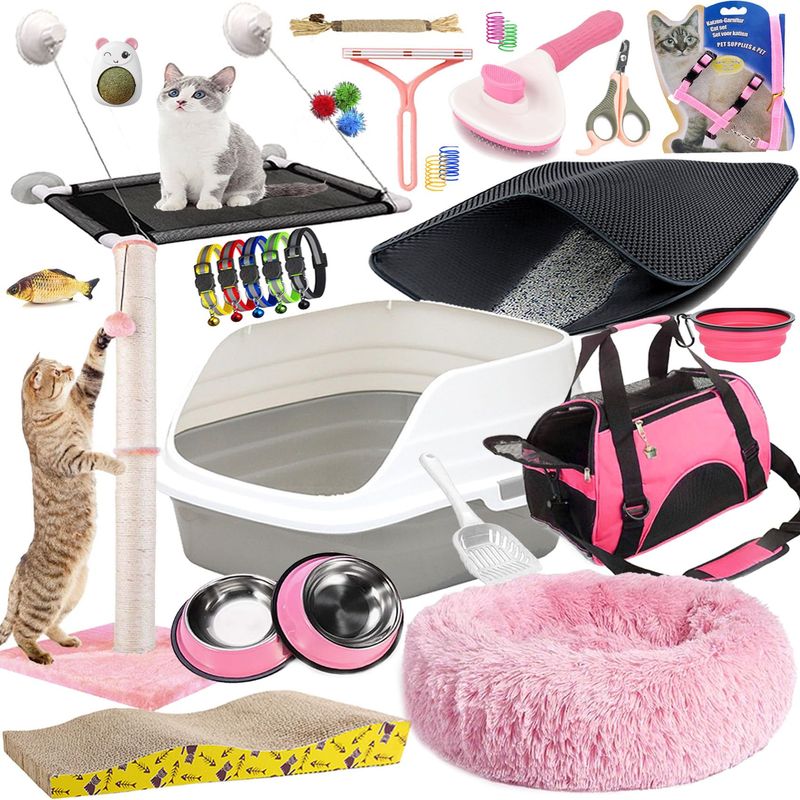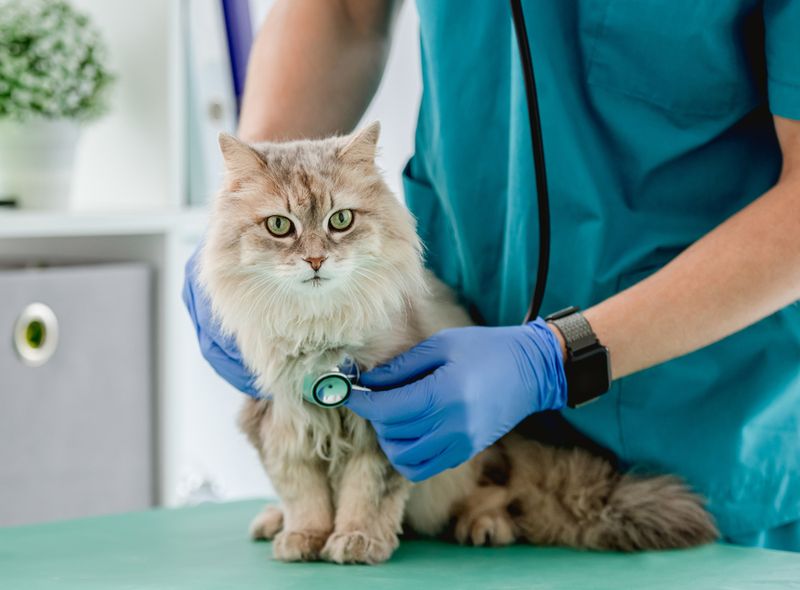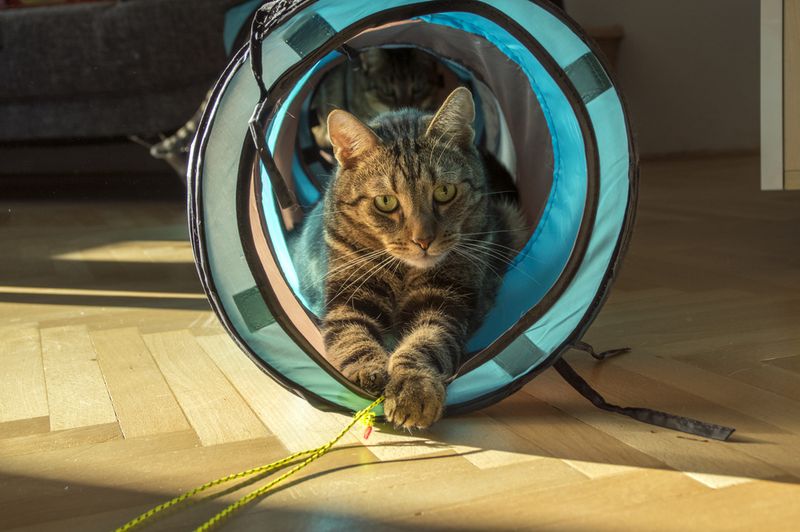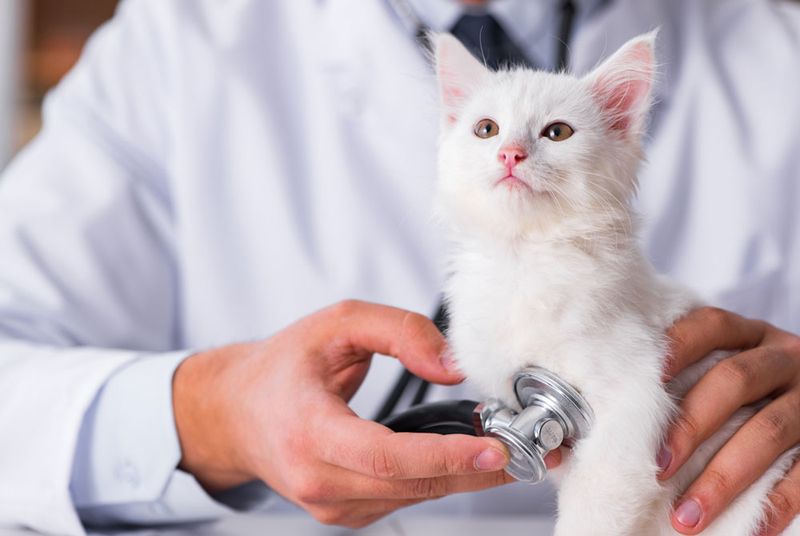📖 Table of Content:
- 1. Prepare Your Home
- 2. Gather Essential Supplies
- 3. Schedule a Veterinary Visit
- 4. Introduce Your Cat to the Household
- 5. Monitor Behavior and Provide Enrichment
- 6. Create a Safe Space
- 7. Observe Dietary Habits
- 8. Establish a Routine
- 9. Understand Feline Communication
- 10. Provide Regular Health Check-ups
Welcoming a new cat into your home is an exciting and rewarding experience. To ensure a smooth transition for both you and your feline friend, consider the following essential steps: Prepare your home, gather essential supplies, schedule a veterinary visit, introduce your cat to the household, and monitor behavior. Additionally, be mindful of your cat’s needs for enrichment, create a safe space, observe dietary habits, and establish a routine. These practices will support your new cat’s health, happiness, and integration into your family.
1. Prepare Your Home
Before your feline friend steps paw into its new territory, ensure that your home is a fortress of safety. Secure all electrical cords, remove toxic plants, and make sure windows have sturdy screens. This early cat-proofing guarantees a hazard-free zone. Create a dedicated sanctuary, perhaps a quiet room with a soft bed, food, water bowls, and a litter box. This space will become your cat’s refuge during the initial adjustment phase, providing comfort and familiarity.
2. Gather Essential Supplies
Becoming a cat parent means stocking up on essential supplies. High-quality cat food suited to your pet’s age is vital for health. Don’t forget to transition to new food gradually to avoid tummy troubles. Choose a litter box that matches your cat’s size and preferences, placing it in a quiet corner. Equip yourself with grooming tools like a brush and nail clippers. This preparation ensures your cat’s comfort and well-being from day one.
3. Schedule a Veterinary Visit
The health of your new companion is paramount, so schedule a veterinary visit posthaste. A comprehensive health check-up confirms your cat’s well-being and ensures vaccinations are up to date. Discuss spaying or neutering options and establish a preventive care plan. This visit lays a foundation for a healthy, thriving life together.
4. Introduce Your Cat to the Household
Introducing your feline to the household is an art of balance. Educate family members on gentle handling and assign clear roles for care. If other pets are in the mix, introduce them slowly under supervision to foster harmonious relationships. This careful introduction ensures a peaceful coexistence.
5. Monitor Behavior and Provide Enrichment
Vigilance is key to understanding your cat’s unique personality and needs. Watch for signs of stress or illness, and engage in regular play sessions to stimulate both mind and body. Provide scratching posts and interactive toys to satisfy natural instincts. This nurturing environment promotes a happy, balanced life.
6. Create a Safe Space
Every cat craves a sanctuary, a retreat from the world’s chaos. Designate a quiet room with a cozy bed, litter box, and feeding station. This personal space becomes a haven during times of stress or change, offering solace and security.
7. Observe Dietary Habits
Understanding your cat’s dietary needs is essential for its health. Observe eating habits to ensure a balanced diet. Adjust portions according to age and activity level, and always provide fresh water. This attentiveness to dietary habits fosters a thriving pet.
8. Establish a Routine
Cats thrive on routine, finding comfort in predictability. Establish feeding times, play sessions, and rest periods to provide structure. This routine offers stability, reducing anxiety and promoting a harmonious household.
9. Understand Feline Communication
Cats have a unique way of communicating that’s crucial to understand. Learn to recognize body language, vocalizations, and behavior cues. This understanding deepens the bond and ensures a happy coexistence.
10. Provide Regular Health Check-ups
Regular health check-ups are essential to catch potential issues early. Routine vet visits monitor your cat’s health, ensuring vaccinations and preventive measures are up to date. This proactive approach leads to a long, happy life together.










